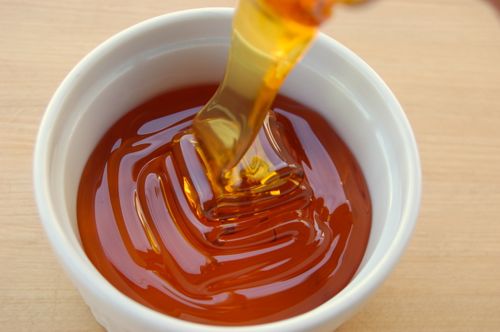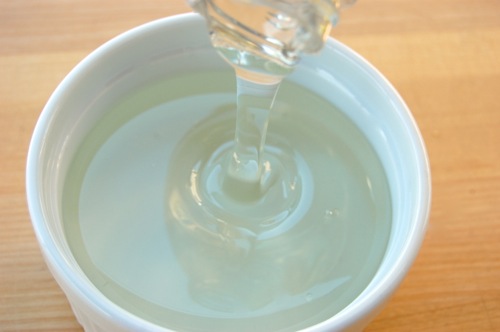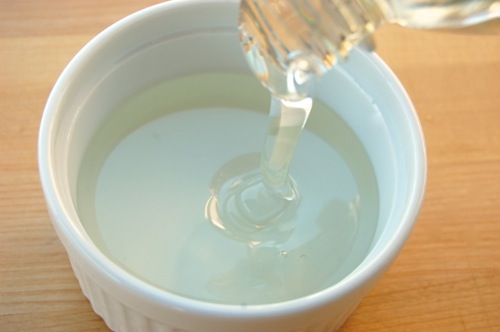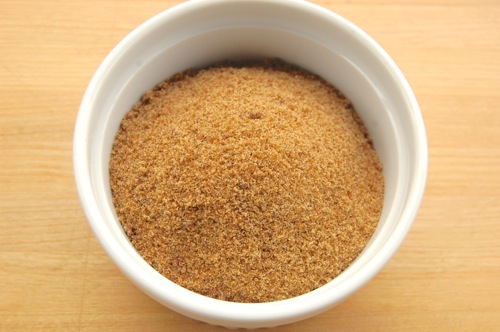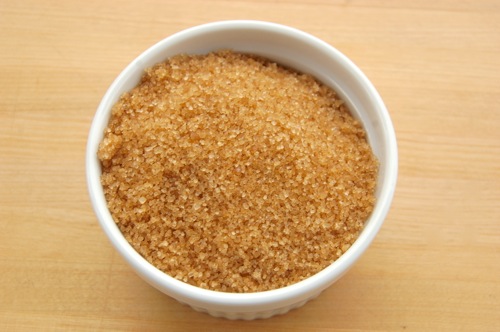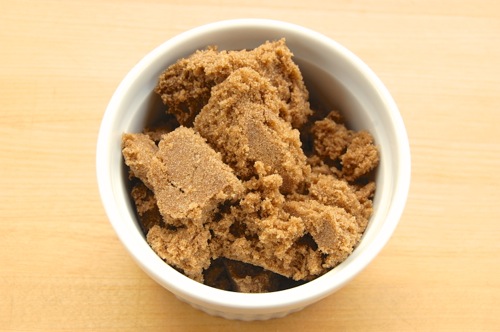On Sugar Pies
Most people think sugar pies like treacle tart and shoofly pie are modern recipes, ultra-indulgences of the sweet tooth born in the industrial age. In fact they’re much older than that. Much. Sugar and molasses pies go back to the earliest days of sugar making in the Middle East. When sugar eventually spread to Europe, Europeans were only too happy to join the sugar pie party, and in time brought their ultra-sweet pastries to the New World.
Looking especially at the treacle tart recipe below you can see echoes of Renaissance cooking: far-eastern spice and a bread crumb binder/thickener. That general approach carries over to shoo-fly pie, though the Germans changed the crumbs to a streusel topping which works just the same or even a little better. Interestingly, it’s thought
READ ON